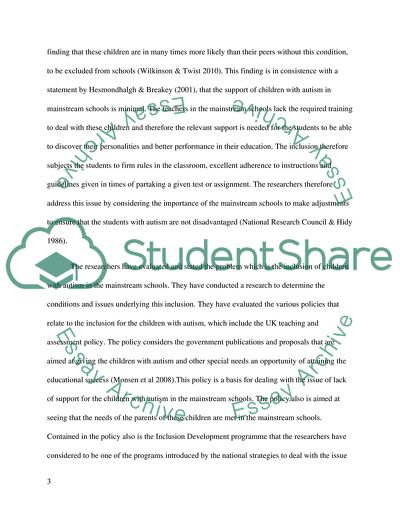Cite this document
(Children With Autism and Effects It Has on Families Literature review, n.d.)
Children With Autism and Effects It Has on Families Literature review. https://studentshare.org/sociology/1868965-word-critical-evaluation-of-a-peer-reviewed-journal-article-reporting-on-primary-social-work-related-research
Children With Autism and Effects It Has on Families Literature review. https://studentshare.org/sociology/1868965-word-critical-evaluation-of-a-peer-reviewed-journal-article-reporting-on-primary-social-work-related-research
(Children With Autism and Effects It Has on Families Literature Review)
Children With Autism and Effects It Has on Families Literature Review. https://studentshare.org/sociology/1868965-word-critical-evaluation-of-a-peer-reviewed-journal-article-reporting-on-primary-social-work-related-research.
Children With Autism and Effects It Has on Families Literature Review. https://studentshare.org/sociology/1868965-word-critical-evaluation-of-a-peer-reviewed-journal-article-reporting-on-primary-social-work-related-research.
“Children With Autism and Effects It Has on Families Literature Review”. https://studentshare.org/sociology/1868965-word-critical-evaluation-of-a-peer-reviewed-journal-article-reporting-on-primary-social-work-related-research.


